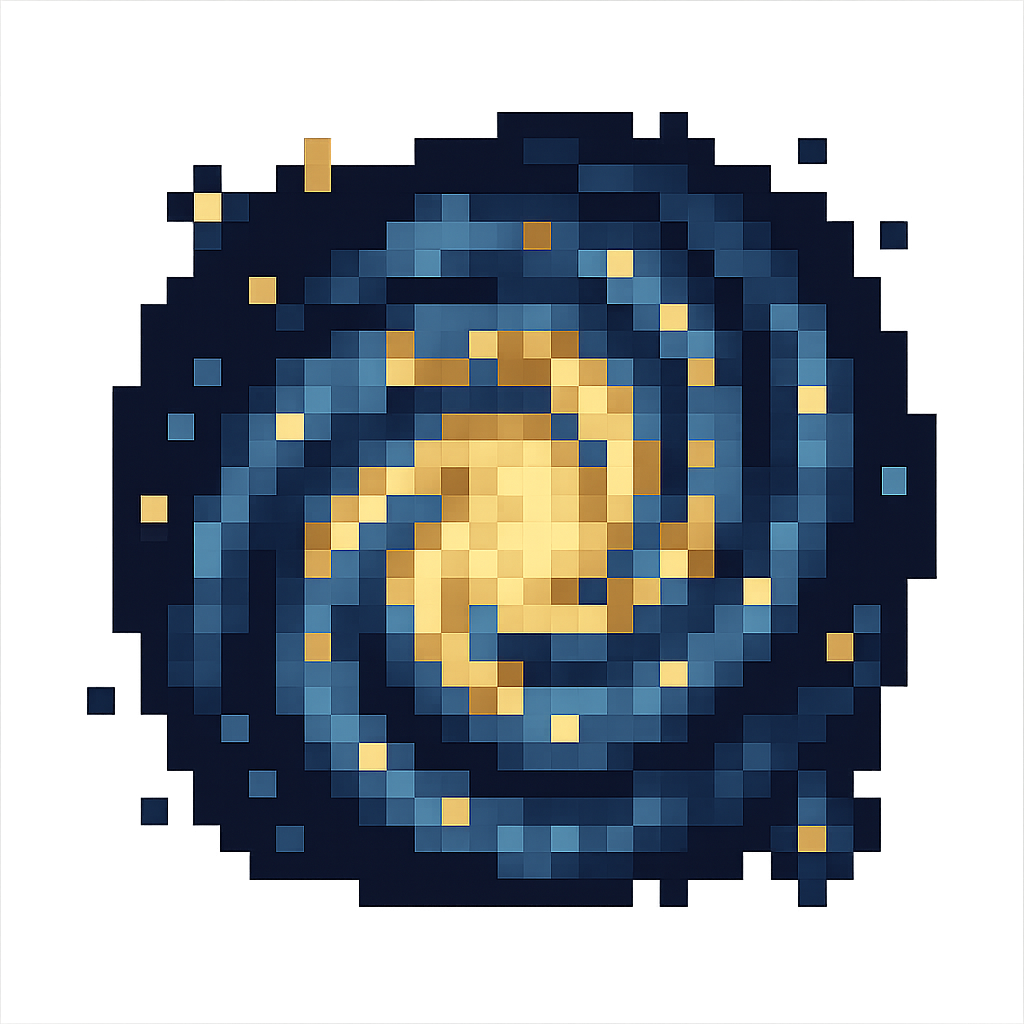Posts
Wikitag Contributions
If I understood correctly, babies cannot focus their eyes properly for the first two months, and this may indicate they are learning some universal 3D-spatial models into their heads, as a prerequisite for many of the other instincts they have as later developmental windows. So there has to be some thread of signals that string this system to the later affects/instincts, such as the fear of heights.
It is also funny to relate the ability of many ungulate babies ability to walk immediately on birth, meaning there has to be some seriously robust set of instincts that coordinate this for them. This blurs the ... requirements... between instinctual and learned coordination, but I believe in the end all cortex-having brains would benefit from moving away from instincts and into learned models.
I'll have to read this one too, thanks.
There's one issue that I don't have an answer yet: how would the visual system detect "height"?
Could we presume there is a spatial engine that needs to be taught first, and then linked to this phobia?
Or would it make sense to have a straight link to a spatial predictive system instead, and if the system would predict that there's some uncertainty in if the agent suddenly needs more space to maneuver, and then that space is instead occupied with a void? At least *I* cannot look up when the fear of heights triggers, and get a sudden sensation of vertigo: I need to know where the closest brace-point is when I know falling might be imminent.
It fits perfectly, thanks!
Yes, there's a bunch of other mechanisms/phenomena, such as
- the developmental windows for learning speech and language,
- the spectrum of reactions to distress (anger, fear, etc.),
- the palmar grasp reflex.
Basically I'm interested in all biological mechanisms that control our learning, not just affects, and even if they seem irrelevant for AI purposes. As can be seen from Kaj's post there, the way to get these systems to work might be nonintuitive, so every little hint will help in the end.
I think another post might be in order to fully explore the list of all of these biological mechanisms at some point, maybe as a pitstop before going into the full deal.

I feel that the social instincts link to the learned-from-scratch world-model via a chain of guided development windows.
The singular links in the chain are stacks of affective mechanisms: the trigger that detects the environmental stimulus (the moving large object for ducklings), the response (follow that object), and an affect (emotion) that links the instinct to the learned model via a reward signal to strengthen the association (feeling of safety).
As it would be near impossible for the DNA to have a concept of "Rita won a trophy" as the trigger, the system would have to first "teach" the model simpler concepts, and then tag onto those via the affect to be able to trigger later correctly: for example, "Rita" would be identified as a "member of the pack/competition", which would be derived from the concept of "agent". This in turn would have to be first learned via the associations that spring from the early instincts of "pheromones", "human voice", "eyes" etc..
These simpler concepts from our early years occur in development windows. F.ex. for the first 8 weeks babies don't focus their gaze on anything, as they are still learning the basics of seeing. After they have a slight better capacity to predict what they see, the next development window opens, which among other things, has a filter to detect eyes. For a while the eyes are associated with an "agent" and "safety", hence the babies smile instantly at their parents faces, while pretty soon this filial imprinting window closes, and they start to cry at the sight of new faces instead.
I have some of these chains of instincts mapped out on an initial level, and am soon trying out these theories within an environment closely resembling to OpenAI's gym (the architecture didn't lend itself easily to this new reward paradigm, unfortunately). Maybe they could be discussed further with some interested people?
Also, little glimpse of empathy has some literature under the term mirror neurons.